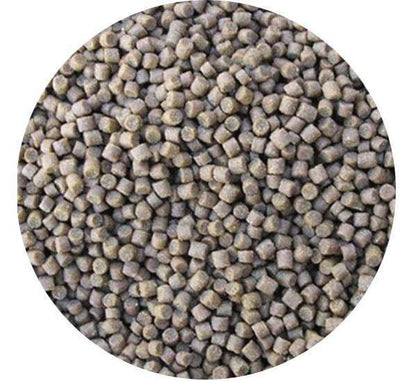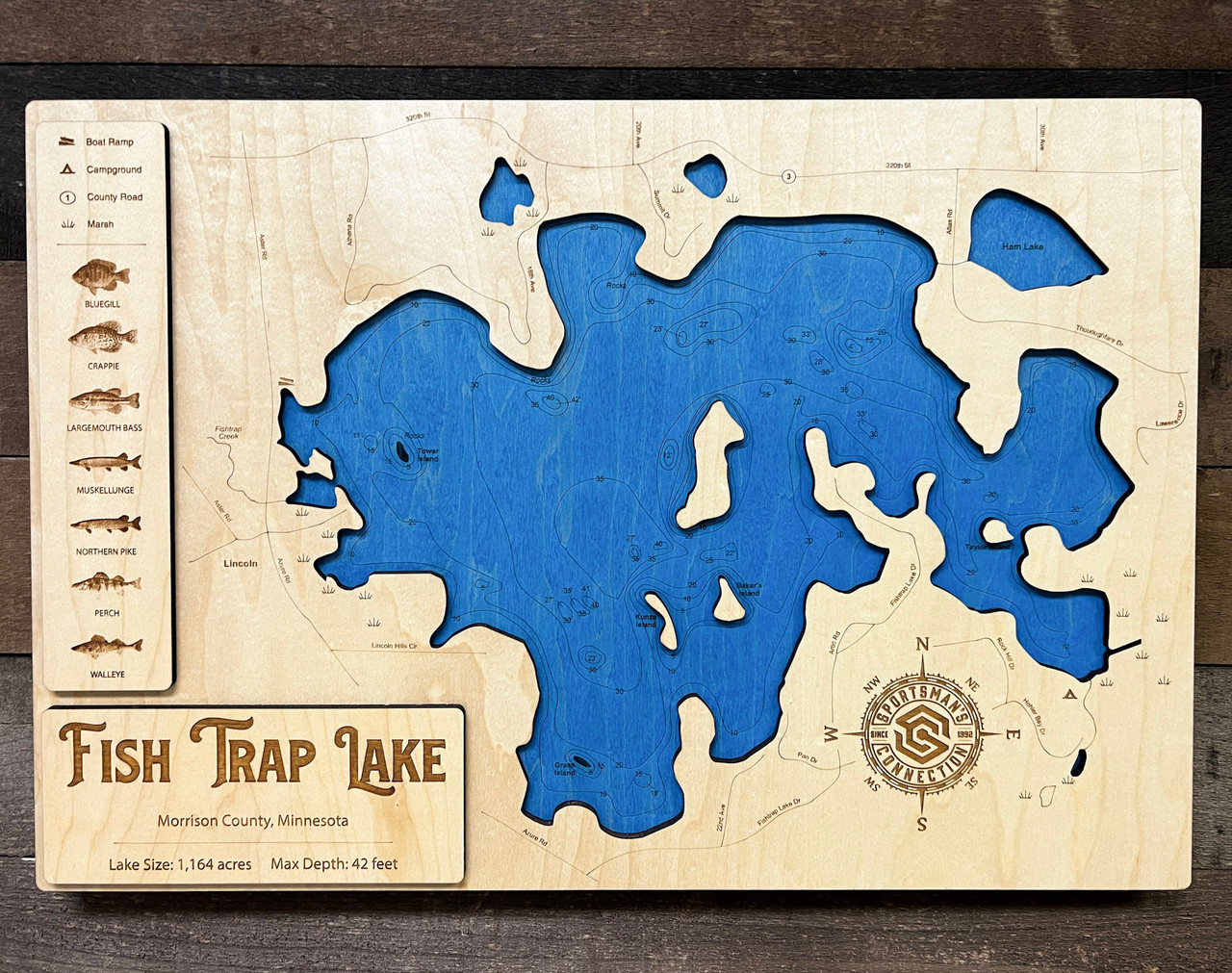Development of a real-time PCR (qPCR) method for the
5 (279) In stock
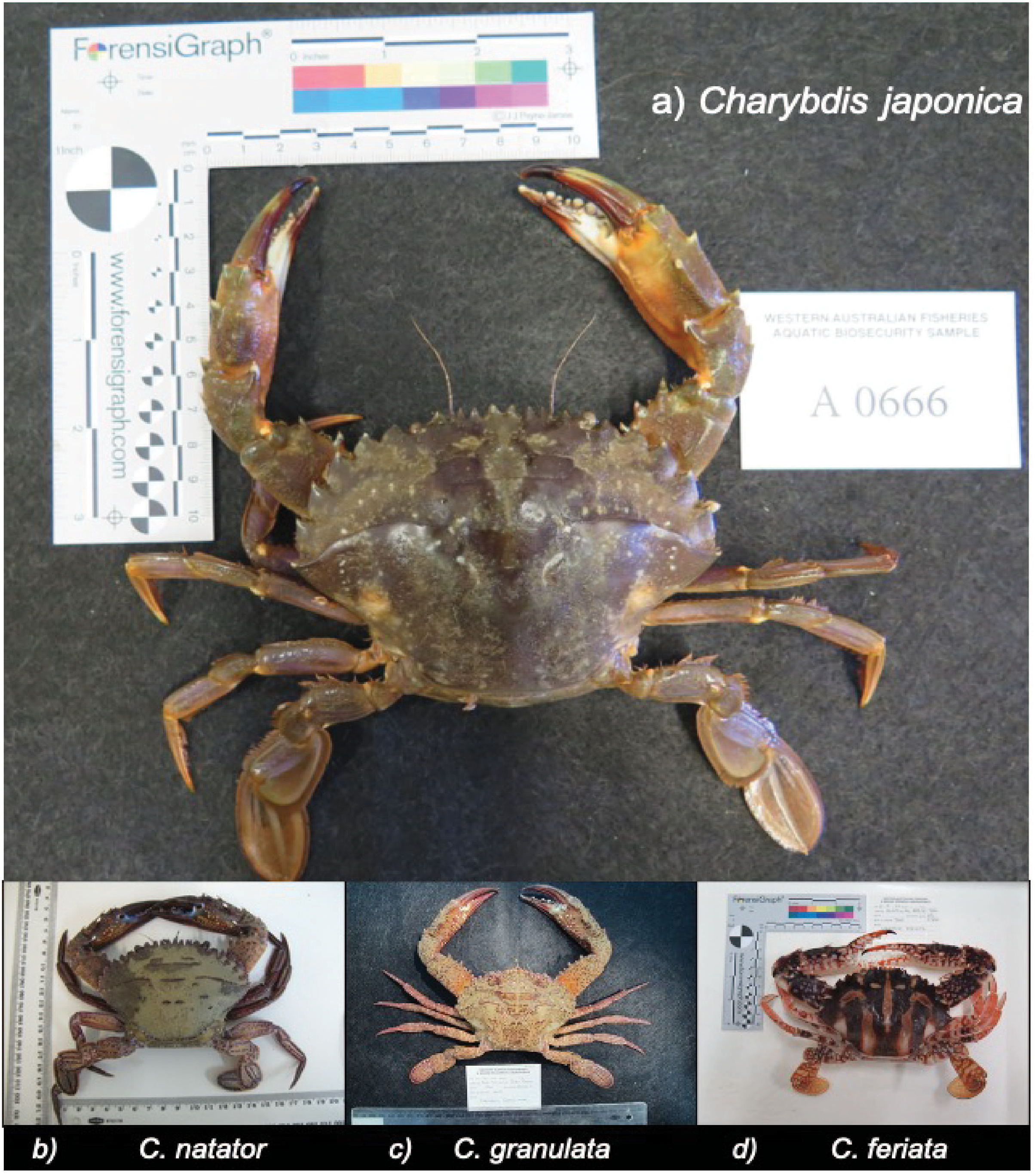
Crabs can be transported beyond their native range via anthropogenic-mediated means such as aquarium trade, live seafood trade and shipping. Once introduced into new locations, they can establish persisting populations and become invasive, often leading to negative impacts on the recipient environment and native species. Molecular techniques are increasingly being used as complementary tools in biosecurity surveillance and monitoring plans for invasive species. Molecular tools can be particularly useful for early detection, rapid identification and discrimination of closely related species, including when diagnostic morphological characters are absent or challenging, such as early life stages, or when only part of the animal is available. In this study, we developed a species-specific qPCR assay, which targets the cytochrome c oxidase subunit 1 (CO1) region of the Asian paddle crab Charybdis japonica. In Australia, as well as many parts of the world, this species is considered invasive and routine biosecurity surveillance is conducted to reduce the risk of establishment. Through rigorous testing of tissue from target and non-target species we demonstrate that this assay is sensitive enough to detect as little as two copies per reaction and does not cross amplify with other closely related species. Field samples and environmental samples spiked with C. japonica DNA in high and low concentrations indicate that this assay is also a promising tool for detecting trace amounts of C. japonica eDNA in complex substrates, making it a useful complementary tool in marine biosecurity assessments.

Heather Veilleux (@hveilleux16) / X
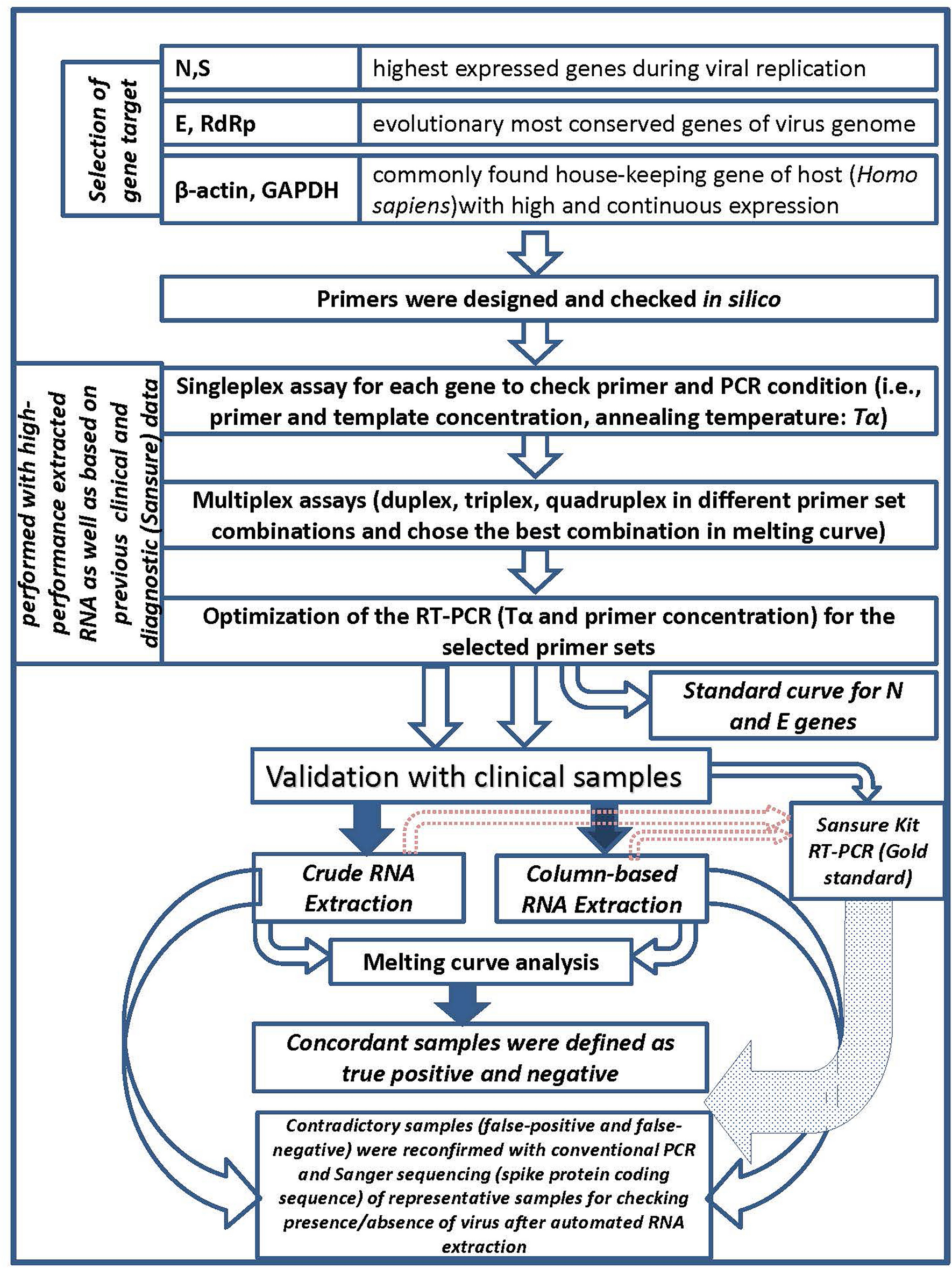
Development and validation of cost-effective one-step multiplex RT
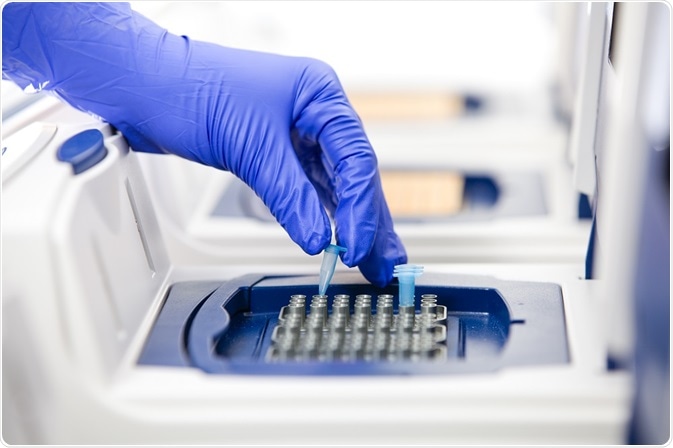
What is Real-Time Quantitative PCR (qPCR)?

Real-Time PCR (qPCR): An Overview, VWR

Real-Time PCR (qPCR) - Stratech
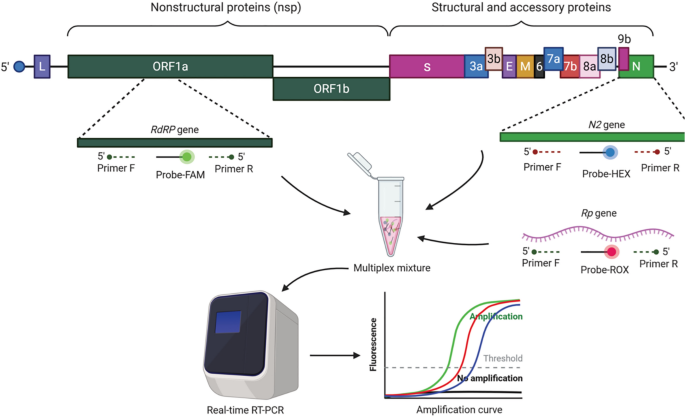
Multiplex real-time RT-PCR method for the diagnosis of SARS-CoV-2

qPCR Analysis, How a qPCR Machine Works and qPCR Protocol

Coronavirus: a comparative analysis of detection technologies in the

eDNA samples (water and plankton) collected from three sites in

Heather Veilleux (@hveilleux16) / X
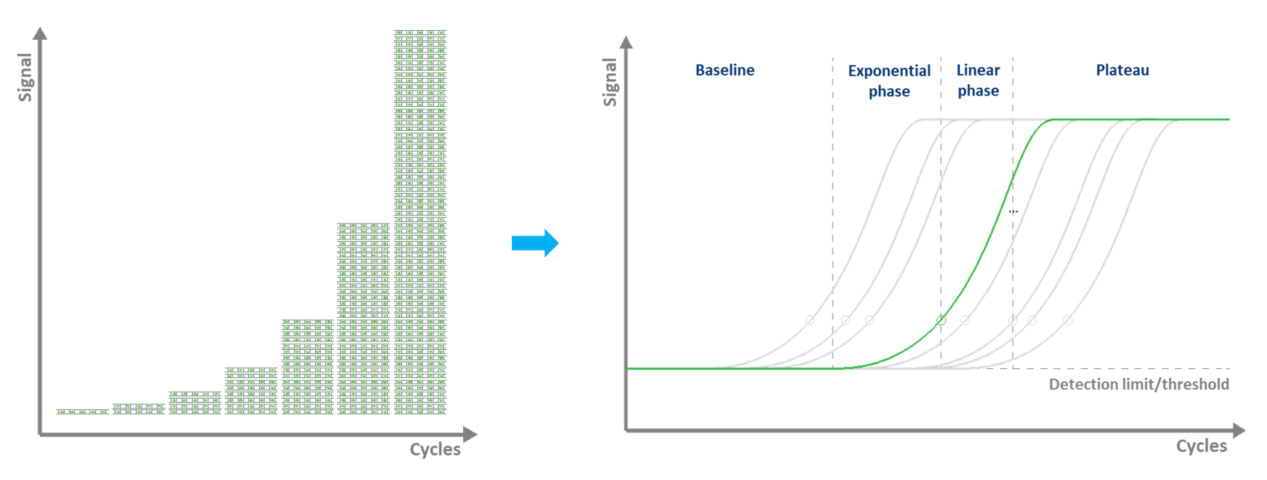
What are the differences between PCR, RT-PCR, qPCR, and RT-qPCR

Quantitative Polymerase Chain Reaction (qPCR)
Crabs - Species Sydney Fish Market
Toxic Reef Crab - Zosimus aeneus
Australian Species - Balgowlah Seafood
Meet Lamarckdromia beagle, the recently discovered fluffy hat



